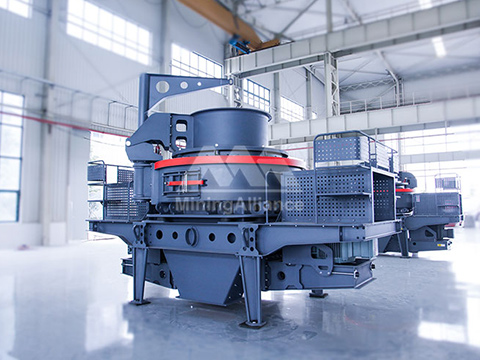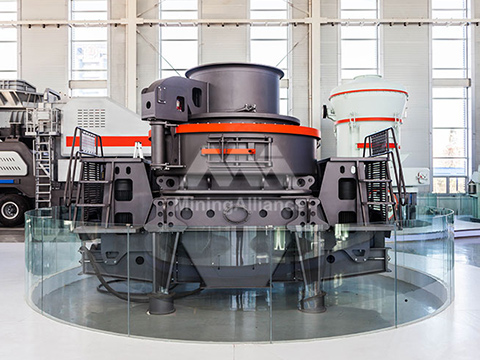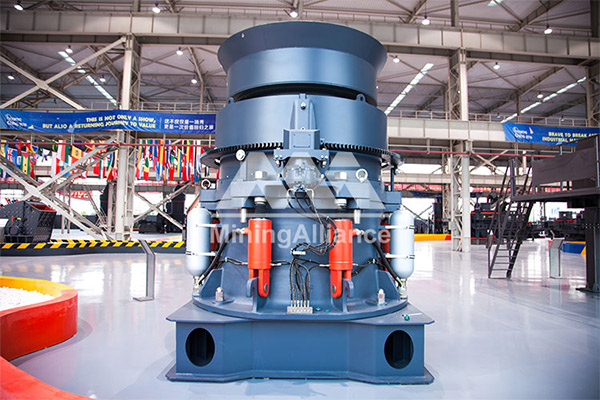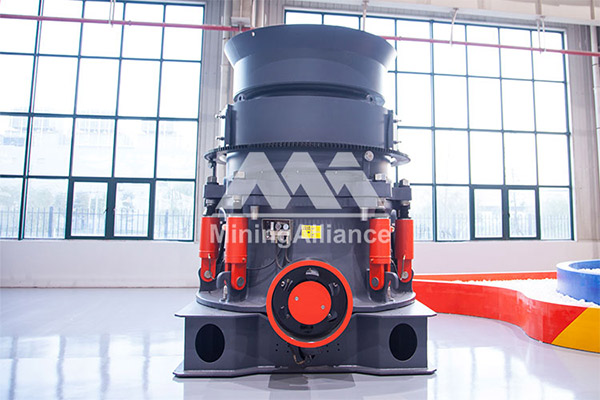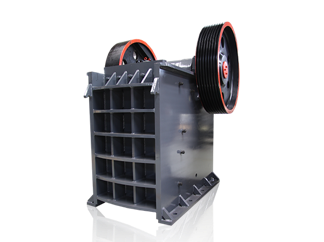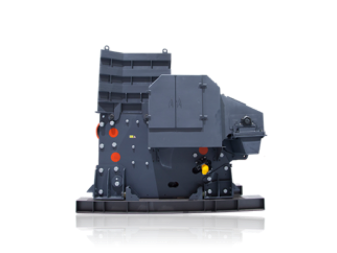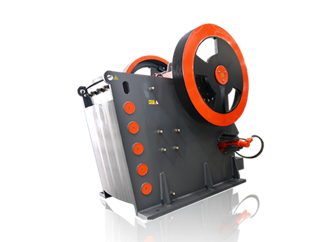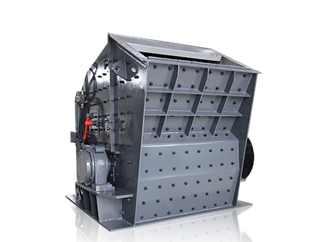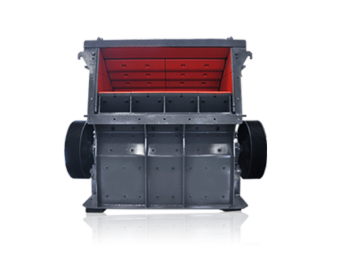Industry Background and Demand
With the depletion of natural sand resources and increasingly stringent environmental regulations, machine-made sand production has become a key alternative for construction, road, and bridge projects. Machine-made sand production lines utilize raw materials such as stone, waste concrete, and construction debris, processing them through crushing, screening, and washing to produce high-quality sand that meets building standards. This approach not only alleviates the shortage of natural sand but also enhances resource utilization while minimizing environmental impact.
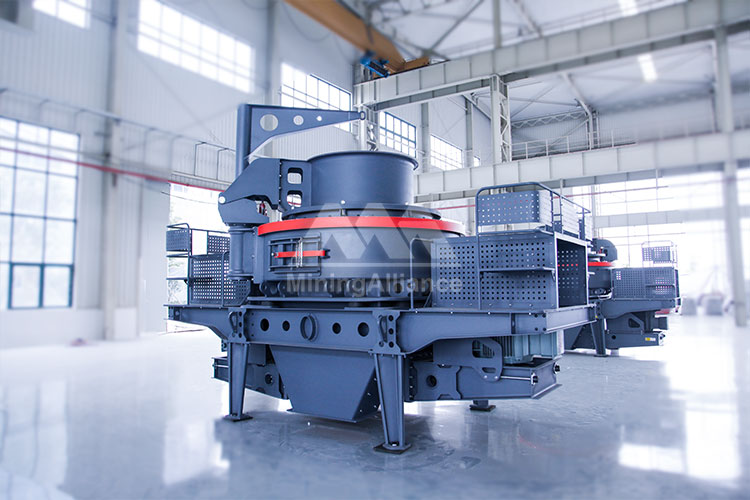
Key Components of a Machine-Made Sand Production Line
- Primary Crushing Equipment: Jaw crushers are typically used to break down large raw materials into smaller sizes for further processing.
- Secondary and Fine Crushing Equipment: Cone crushers or impact crushers further reduce material size to meet sand production requirements.
- Sand-Making Equipment: The core equipment, VSI sand-making machines, utilizes high-speed rotating impellers to crush and shape the material, ensuring uniform particle shape and proper gradation.
- Screening Equipment: Vibrating screens classify sand particles by size, ensuring that only properly graded material moves forward while oversized particles are returned for reprocessing.
- Washing Equipment: Wheel or spiral sand washers remove impurities such as dust and clay, improving the quality of the final product.
- Conveying and Storage Systems: Belt conveyors transport materials efficiently, while finished sand storage silos ensure smooth operation of the production process.

Advantages of Machine-Made Sand
- Consistent Quality: The production process ensures controlled particle shape and gradation, making machine-made sand ideal for modern concrete applications.
- Abundant Resources: Various raw materials, including stone, tailings, and construction waste, can be utilized, reducing dependence on diminishing natural sand reserves.
- Eco-Friendly and Energy Efficient: Equipped with dust suppression and wastewater treatment systems, machine-made sand production lines minimize dust emissions and water pollution, adhering to green production standards.
- Cost-Effective: Advanced technology and automated control systems enhance efficiency, reducing operational costs and increasing sand supply capacity.

Case Study
A large-scale infrastructure project integrated a machine-made sand production line capable of producing 300 tons per hour, meeting the demands of a concrete batching plant. By optimizing crushing and screening efficiency through an intelligent control system, the project achieved low-energy consumption and high productivity. Additionally, environmental protection measures were implemented to minimize the impact on surrounding areas.

